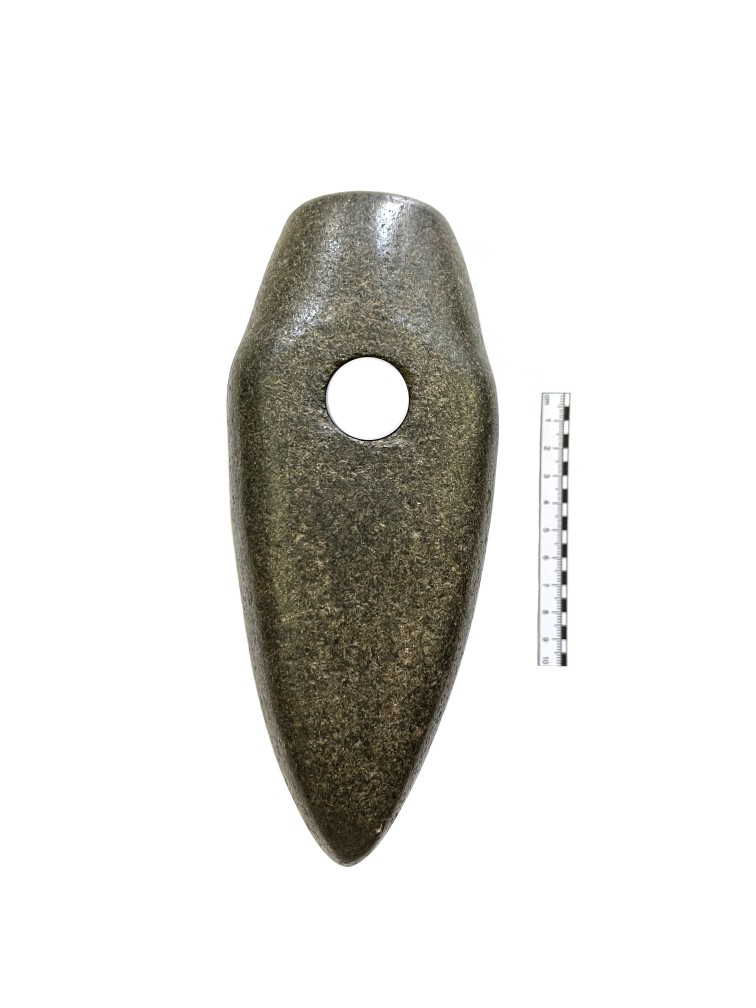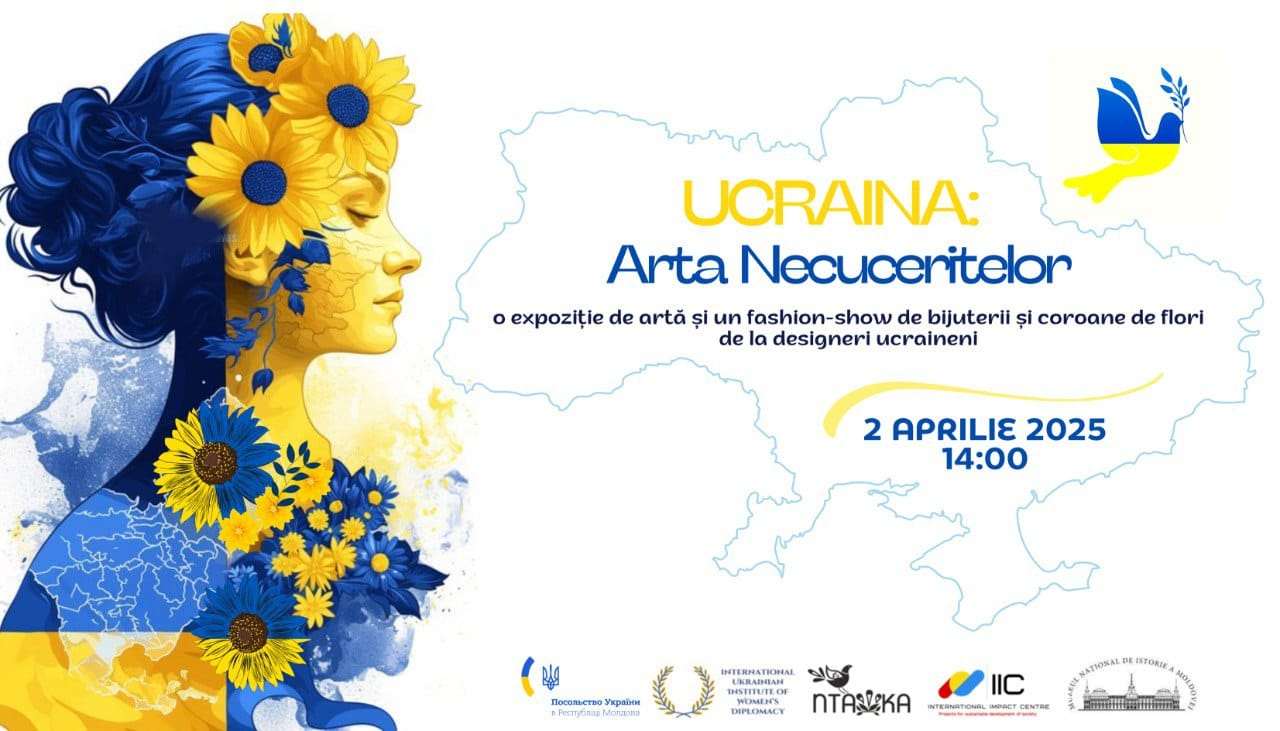  Events Archive Events Archive
The 2023 World Press Photo Exhibition Opening
November 15, 2023
For seven years, the public has had the opportunity to learn the stories behind some of the most powerful photographs that mark humanity. The exhibition opened on November 15 at the National Museum of History of Moldova, where the winning photographs of the most prestigious photo competition in the world were presented. The seventh international exhibition “World Press Photo” is organized by the World Press Photo Foundation from the Netherlands in partnership with the Center for Independent Journalism and the Piko Creative Agency, with the support of the Embassy of the Kingdom of the Netherlands in Chisinau. The opening of the World Press Photo Exhibition, traditionally held under the general title “Stories that Matter”, was attended by representatives of the diplomatic corps accredited in Chisinau, journalists, photographers, students and photography enthusiasts. At the opening, the General Director of the National Museum of History of Moldova Dr. habil, Eugen Sava delivered a welcoming speech, emphasizing the significance of the World Press Photo Exhibition, and especially of the stories, often tragic, behind these photographs. Ms. Maaike Keizer, Deputy Head of the Embassy of the Kingdom of the Netherlands in Chisinau, in her speech highly appreciated the fact that for seven years the Moldavian public can enjoy this world-renowned exhibition, emphasizing that an independent press is one of the most important pillars of a democratic society. Also, the coordinator of the World Press Photo Exhibition (Netherlands) Mariana Rettore Baptista gave an online speech in which she emphasized that this competition is intended for professional photographers from all over the world, and every year an independent jury selects the best from all regions of the world. Ms. Nadine Gogu, Executive Director of the Center for Independent Journalism (CJI), spoke about the importance of visual journalism in communication, including online communication, and the role of this exhibition for the Republic of Moldova. The winning images of the 2023 World Press Photo draw attention to the biggest challenges facing humanity today – documenting the war in Ukraine and its impact on civilians, the historic protests in Iran, the realities of Taliban-controlled Afghanistan, the many aspects of the climate crisis in such countries as Morocco, Australia, Peru, Kazakhstan. At the same time, the contest highlights the importance of press photography throughout the world. Photography enthusiasts can visit the World Press Photo Exhibition at the National Museum of History of Moldova for the next three weeks, until December 6, 2023.
|
























































